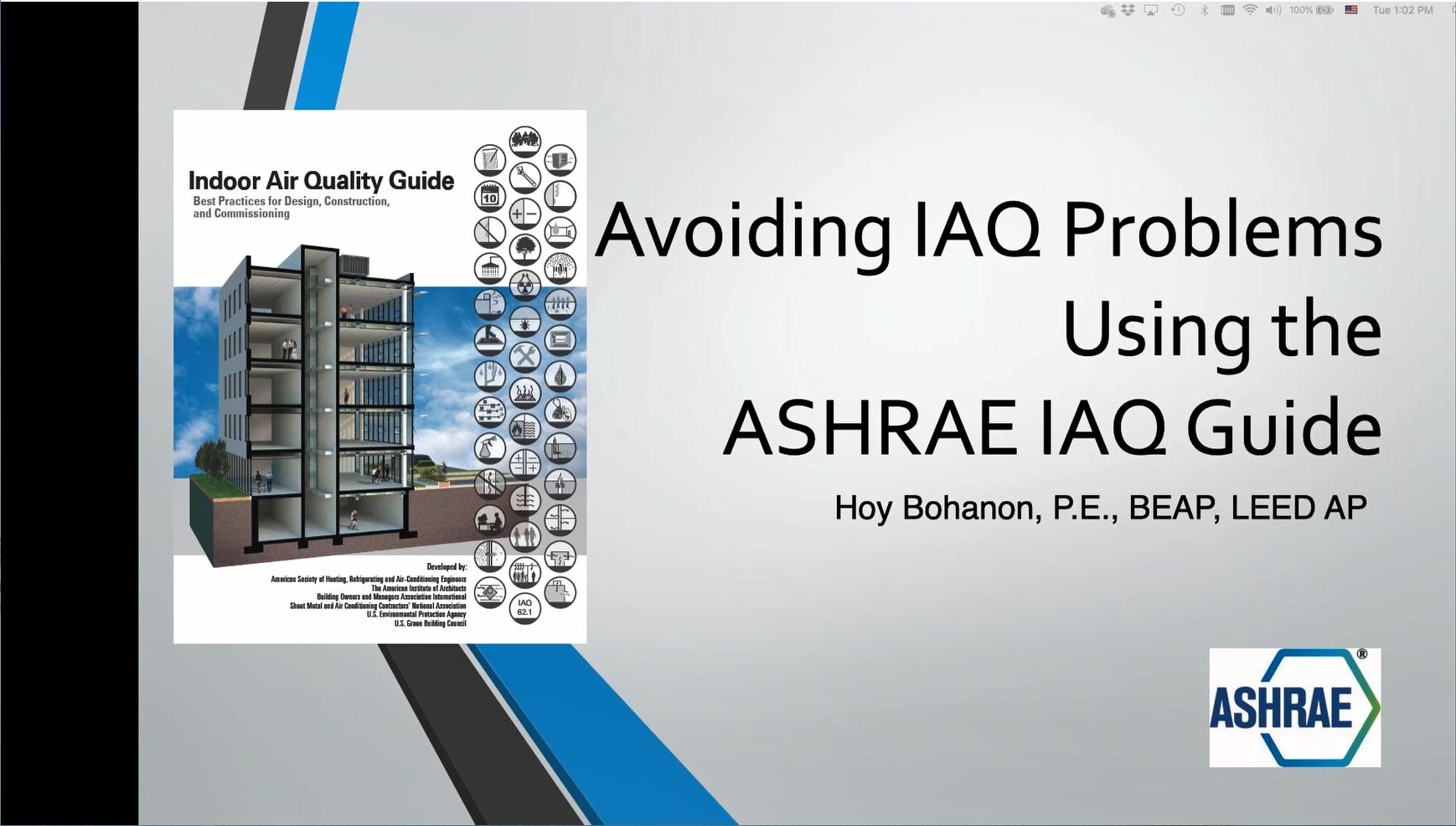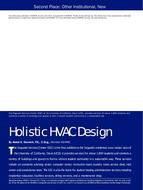Track: Heat Exchange Equipment
Sponsor: 8.3 Absorption and Heat Operated Machines, 1.10 Cogeneration Systems
Chair: William Ryan, Ph.D., P.E., Member, Univ. of Illinois at Chicago, Chicago, IL
This seminar covers any heat and mass transfer issue in absorption cycles, whether chillers, air conditioners, heat pumps or heat transformers using any solution pair. Topics can include research into new absorption-oriented heat and mass transfer processes, new heat or mass exchanger concepts in commercial development or new heat or mass exchange in commercial production that are sufficiently new or different and will be of interest to the ASHRAE membership.
1. Enhancing Heat and Mass Transfer in Absorbers Using Membrane-Constrained Flow and Laminar Mixers
Saeed Moghaddam, Member, University of Florida, Gainesville, FL
The slow diffusion of an absorbate molecule into an absorbent in conjunction with significant heat release makes the absorption process a rate-limiting step in many applications. Here, different strategies for enhancing the absorption rate are discussed and experimental data on increasing the absorption rates by 3-4 times compared to traditional absorbers are discussed. It is shown that transport in a laminar solution flow constrained by a porous membrane can be changed from diffusive to advective using surface structures. Surface structures are also utilized to produce a uniform solution film and minimize its thickness and to continuously interrupt the boundary layer.
2. Absorbers for Industrial Ammonia Absorption Units
G Anand, Member, Energy Concepts Co, Annapolis, MD
Heat exchangers used as absorbers in ammonia refrigeration encounter demanding requirements. They must be mass exchangers as well as heat exchangers, with mass flux approaching zero at the absorber exit. Liquid distribution is highly important, as is the distinction between co-, cross-, and counter-currency, both in regards to heat and to mass exchange. Past research has focused on absorption processes in bubble, falling-film, or spray absorbers. This presentation focuses on absorber heat exchanger designs used in industrial units. Factors affecting exchanger type and configuration are presented. Operating data is presented that summarizes absorber performance in one of these applications.
3. Titanium Tubes the “New Normal of Modern Absorption Units”
Doug Davis, Member, Broad USA, Hackensack, NJ
A review of the evolution of tube material choices from 1960 to 2010 from a variety of absorption manufacturers and how these decisions affected projects and customer experiences as well as life cycle costs. This presentation addresses the current status of titanium for use in the vast majority tube bundles in modern absorbers and the benefits that this material brings from a life cycle cost standpoint. Specifics cover tensile strength, weight, longevity and improved heat transfer characteristics of modern titanium tubes when compared to the traditional copper or CuNi tube.
Presented: Wednesday, January 24, 2018, 11:00 AM-12:30 PM
Run Time: 90 min.
This is a zip file that consists of PowerPoint slides synchronized with the audio-recording of the speaker (recorded presentation), PDF files of the slides, and audio only (mp3) for each presentation.
Citation: ASHRAE Seminar Recordings, 2018 Winter Conference, Chicago, IL
Product Details
- Published:
- 2018
- Units of Measure:
- Dual
- File Size:
- 1 file , 91 MB
- Product Code(s):
- D-CH18Sem63


